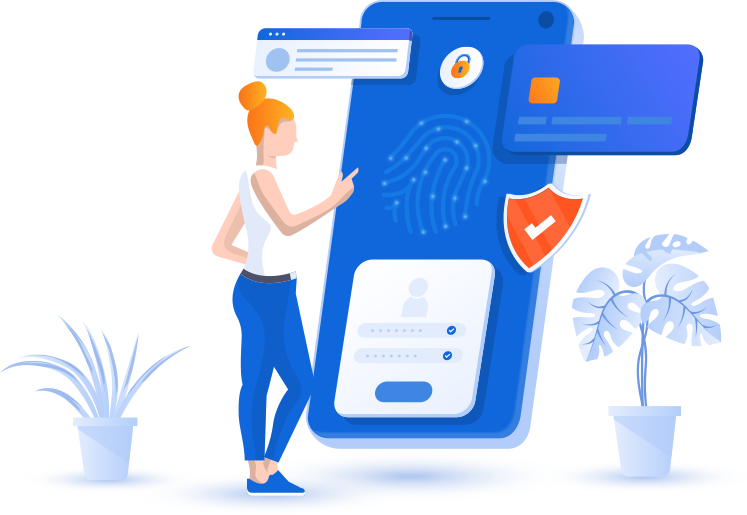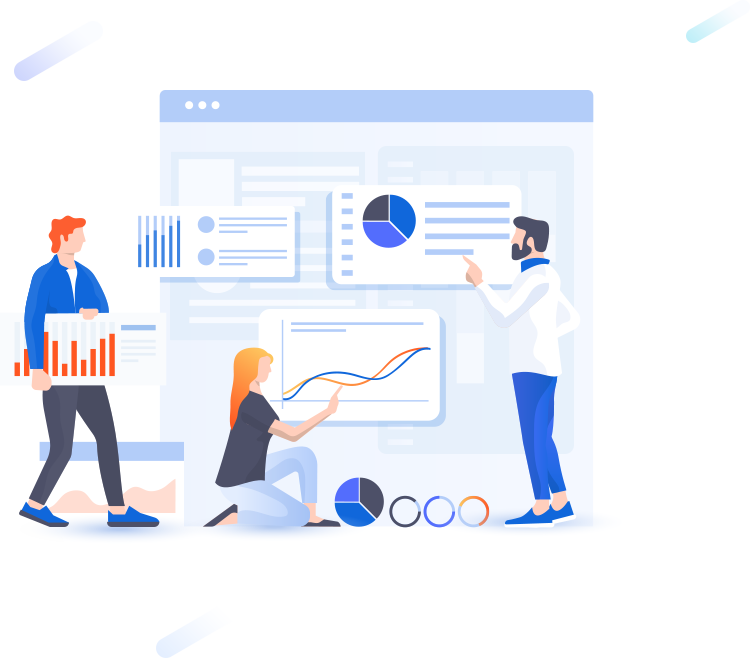As wearable biosensing technology has advanced, the devices’ capabilities have increased to include the ability to collect physiological data from users, communicate wirelessly, process and store the data, and offer an interactive user interface. Wearable biosensors are usually composed of sensing modules, wireless communication components, processors, memory devices, displays, wireless charging, energy harvesting components, and power supplies. Biosensors serve as data collection units that extract biochemical or biophysical information from bodily fluids and transform it into signals that data collection and processing equipment can recognise. Wearable biosensors can directly collect biofluids on body surface to detect health-related biomarker levels. The essential components of a typical biosensor include a bioreceptor (such as antibody, nucleic acid or glucose oxidase) and a transducer that converts physiological information into optical, electrochemical or mechanical signals. Based on different biofluids, biosensors could be integrated with various wearable platforms such as wristband, contact lens, and electronic skin. Wireless communication then transfer the data collected by biosensors to personal smart readout devices or other processing terminals. Current communication technologies potentially applied in wearable biosensors are Bluetooth, NFC, and the 5G cellular network. The raw sensing data is eventually processed and stored in local devices or cloud servers, where machine learning (ML) algorithms can be applied to assist diagnosis. The integration of the abovementioned components improves the accessibility of AI-assisted wearable biosensors providing a compelling alternative invasive blood-based diagnosis.
Biosensor Applications
Biosensors could be classified by different transducers used in the sensor, including electrochemical and optical sensors. Depending on other sensing mechanisms, optical biosensors include holographic, fluorescent, and colorimetric biosensors. The output of optical biosensors can be intensity-based or wavelength-based optical signals that smartphone applications could readout for image capturing and processing. A contact lens holographic sensor was fabricated for continuous glucose monitoring in tear fluids. The developed contact lens sensor can be coupled with a smartphone readout to quantify the glucose level in tear fluids for diabetes diagnosis. Furthermore, a wearable colorimetric sensing platform was developed to detect the lactate in sweat. The sensor images captured by the smartphone can be analysed to obtain the pixel intensity to quantify lactate concentrations in sweat. Moreover, a tattoo-based biosensor was developed for colorimetric metabolite detections. The sensor can respond to the variations in pH, glucose, and albumin concentrations in sweat fluids. In order to make image processing more accessible, the colorimetric tattoo sensor was designed to change colour within the visible light spectra. The concentration of analytes can be quantified by processing the smartphone captured images. The electrochemical biosensors can convert biological information into electrical signals, which are commonly used in glucose, lactate, and ions monitoring. Various ML algorithms analysed an Amperometric glucose sensor. The analysis showed an accurate prediction in Amperometric response to different glucose levels. Additionally, electrochemical sensing could be made multiplexed to analyse users’ health status accurately. A Potentiostat bandage sensor was fabricated to monitor the pH and uric acid level in wounds. Similarly, A potentiometric pH and temperature bandage sensor was also created for automated drug delivery and monitoring of open wounds. The electrical signals generated by electrochemical biosensors can then be processed by various ML algorithms and converted into valuable health information. Electrochemiluminescence (ECL) sensors combines chemiluminescence and electrochemistry which utilises electrochemical reactions at the surface of electrodes to excite the luminophores to generate luminescence signals. A flexible ECL platform was developed for external pressure detection.
In addition, ML has been used to design more desirable biosensors. Metamaterials with negative permeability and permittivity has been employed to amplify the detection signal of surface plasmon resonance (SPR)-based biosensors. The preparation of metamaterials with various reflectance characteristics is critical to ensure the resonance to be useful for SPR biosensors. Autoencoder (AE) and multilayer perceptron (MLP) are applied to predict the reflectance characteristics of the metamaterial SPR biosensors.
Artificial intelligence (AI):
Artificial intelligence (AI) is the simulation of human intelligence in devices that have been designed to behave and think like humans. The phrase can also refer to any device that exhibits qualities of the human mind, like learning and problem-solving. AI’s goals include computer-assisted learning, reasoning and perception. Today, AI is used in a variety of industries, from finance to healthcare. The ideal characteristic of artificial intelligence is the ability to rationalize and execute actions that have the best chance of achieving a particular goal. In medical facilities, AI is used to aid in diagnosis. AI is excellent at identifying minor abnormalities in scans and can better analyse diagnoses from a patient’s vital signs and symptoms.
Advantages of AI:
- Ability to analyse data and improve diagnosis
- Carry out administrative and routine tasks
- Health monitoring and digital consultation
From wearable health technologies, such as Apple Watch and FitBit, to digital consultations through your smartphone, AI can allow people to monitor their own health, while providing healthcare professionals with the data they need.
Artificial intelligence use in Biosensor
Thanks to recent advances in computing and Informatics, artificial intelligence (AI) is rapidly becoming an integral part of modern healthcare. AI algorithms and other AI-powered applications are used to assist healthcare professionals in ongoing research and medical settings. Data populated from biosensors help providers make decisions about treatments, medications, mental health and other patient’s needs. In clinical imaging, AI gear are getting used to analyse CT scans, X-rays, MRIs and different images for lesions or different findings that a human radiologist may miss. Unlike humans, AI never sleeps. Machine learning models could be used to observe the vital signs of patients receiving critical care and alert clinicians if certain risk factor arises. While medical bias like heart observers can track vital signs, AI can collect the data from those bias and look for more complex conditions. From wearable health tech, analogous as the Apple Watch and FitBit, to digital consultations via your smartphone, AI can allow people to cover their own health, while also providing healthcare professionals with essential data
Machine Learning (ML):
Machine learning is the concept that a computer program can learn and adapt to new information without human interference. A complex algorithm or source code is built into a computer that allows for the machine to identify data and build predictions around the data that it identifies. In the field of machine learning, different approaches are used to teach computers tasks for which no fully satisfying algorithms are available.
HOW ML CAN BENEFIT BIOSENSORS:
First, ML can effectively process big sensing data for complex matrices or samples. The other benefit of ML in biosensors includes the possibility of obtaining reasonable analytical results from noisy and low-resolution sensing data that may be heavily overlapped with each other. Moreover, proper deployment of ML methods can discover hidden relations
between sample parameters and sensing signals through data visualization, and mine interrelations between signals and bio events. Especially, ML can be used to analyse the raw sensing data from a biosensor in several ways:
1. Categorization: the sensing signals can be sorted into various categories by the algorithms based on the target analyte.
2. Anomaly detection: biosensors are inevitably affected by sample matrix and operating conditions. When biosensors are used on-site, they can significantly interfere with contamination. ML can check the signal and answer the question “does the signal look right?” It can also “correct” sensor performance variations due to biofouling and interferences in real samples.
3. Noise reduction: noise is always included in the sensing signals. The signal from biosensors changes over seconds or minutes, while signal interference such as electrical noise can occur on the subsecond timeline. Therefore, it is possible to train ML models to distinguish the signal from the noise.
4. Object Identification and Pattern Recognition: Uncover potential objects and patterns using the ML algorithm to easily and effectively interpret captured data. ML can support biosensor readings directly, automatically, accurately and quickly. This is very important for field detection or diagnostics. A CNN algorithm-assisted optical imaging method was developed to predict the diagnostic results. The results can be read out in an automated fashion within 150 s. However, interpretation of the images by pathology workforce needs ∼30 min.

